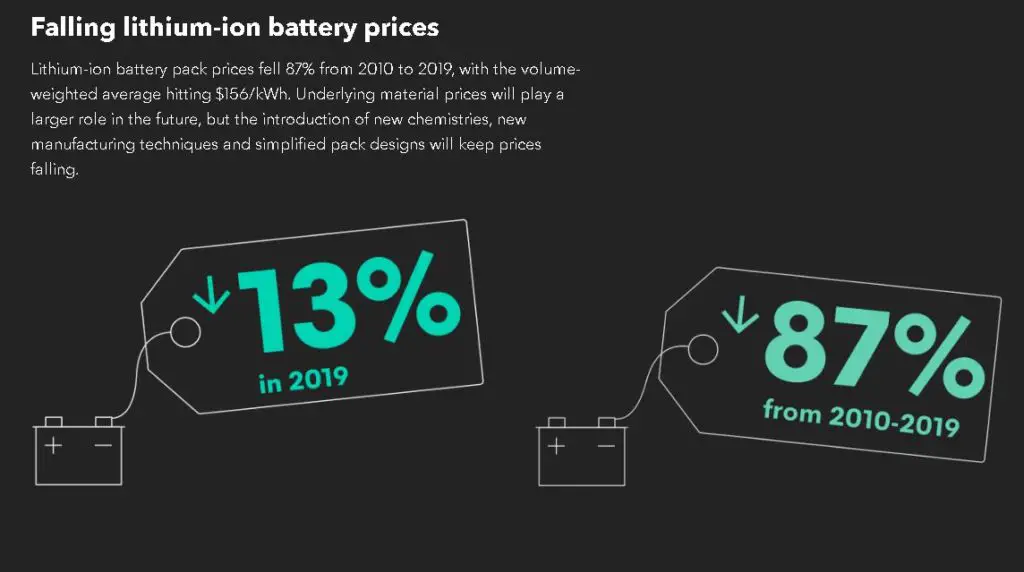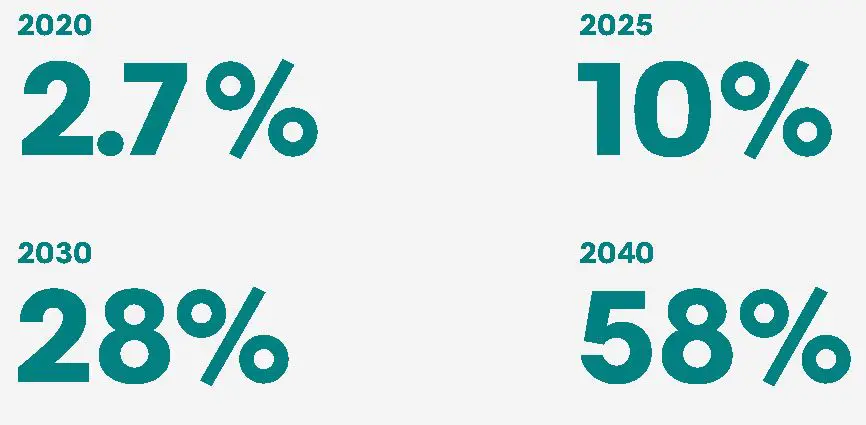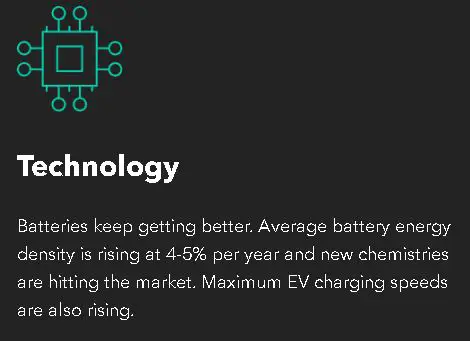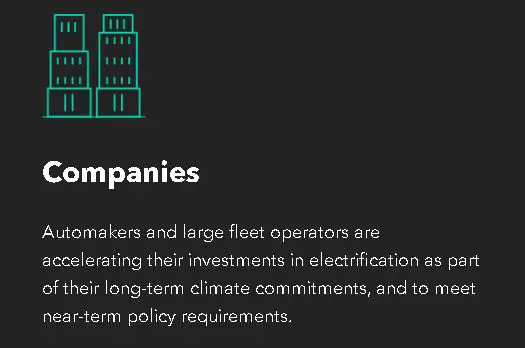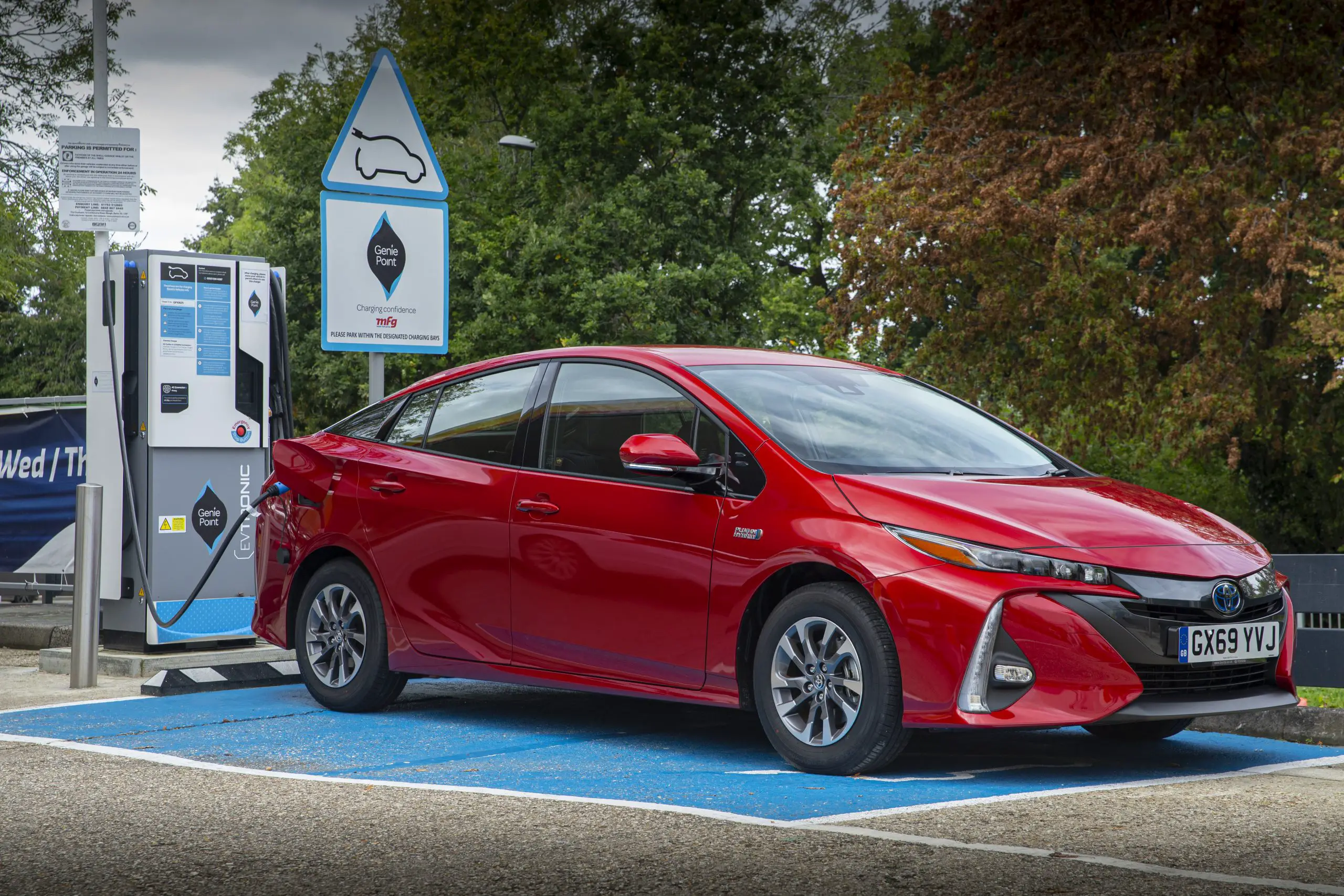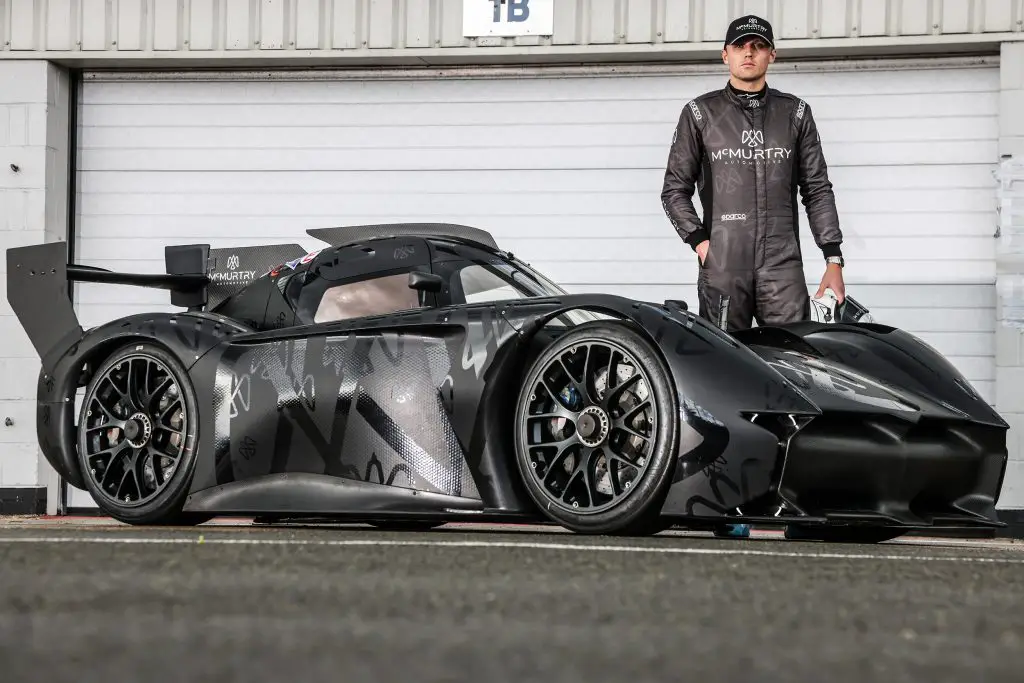Newly Published Research Projects 58% EV Adoption Rate By 2040
Right off the bat, Bloomberg’s projection of 58% electric market share by 2040 sounds fantastic. However, I suggest we go through their new BNEF findings, and talk about why they aren’t aggressive enough. Shall we?
The research paper, titled “Electric Vehicle Outlook 2020,” covers many great talking points, including the 87% decrease in li-ion battery price between 2010-2019, and the increasing availability of new EV-models from manufacturers. According to the paper’s authors, there will be over 500 EVs available around the globe by 2022.
Faced with the one-two punch of affordability and availability brought forth by these trends, policy makers are also increasingly incentivising the abandonment of ICE-vehicles. 13 countries and 31 cities have announced plans to phase out combustion vehicles. Thanks to this, the Bloomberg models predict a spike in EV adoption from 2.7% currently, to 10% by 2025, and then 28% by 2030.
While that sounds amazing, and achieves the titular 58% by 2040 with its exponential growth, I would argue it still champions a very conservative view of technology. Cars have, for lack of a better term, shoddy life-cycles. Combustion vehicles on average have an 8-year lifespan, which is much more frequent than say…dishwashers or refrigerators (14-17 years).
Granted, ICE engines have many times more moving parts than EV motors, the latter consequently lose much less energy to friction than their flaming ancestors. This also means they wear out parts much slower than combustion vehicles. With the coming advent of Tesla or GM’s “million-mile” batteries, we will see an EV lifespan five-times greater than your average car. A much longer, lower maintenance lifespan, translates as affordability.
I’m of the belief that, starting this year, you would be somewhat misguided if you purchased a combustion vehicle, for many reasons. Examples are maintenance, resale value, operation cost, shorter lifespan, etc., which could all be argued on their own, but if you’re reading this, you get it.
For instance, say somebody buys a new car within the next two years, and decides the best option for them (due to upfront price and range) is a big-oil-subsidized gas-guzzler. Don’t you think they will, if not immediately- soon after, become envious of EVs and regret their purchase by the time that car’s 8-year lifecycle is ending?
Now imagine (it’s not a stretch so you should be able) that in the ten years from today, the gap between electric and ICE automobiles widens even further. We surely will see EVs that charge fully in 10 minutes, with 600+ miles of range by 2030. It’s also likely they will reach price-parity with traditional cars by then.
I know not everyone buys new cars every eight years, but as public busses, delivery vans, and rental fleets turn over, guided by spreadsheets and accountants, so too will the economy of scale drive individual buyers. While it’s hard to match personal intuition with the research published by literally 20 Bloomberg staff, and I genuinely appreciate their number collecting, I’m calling them bearish and their projections shortfalling.
Look, all I’m getting at is that when you see headlines that would have been unbelievably exciting even five years ago, but now come off as… disappointing, there’s something to be said for break-neck progress. On one hand, if Bloomberg said 70% EV adoption by 2035, that would seem less respectable, but in my humble data-less opinion, it would be more in-line with an optimistic outlook that I have for the future of electrification.
